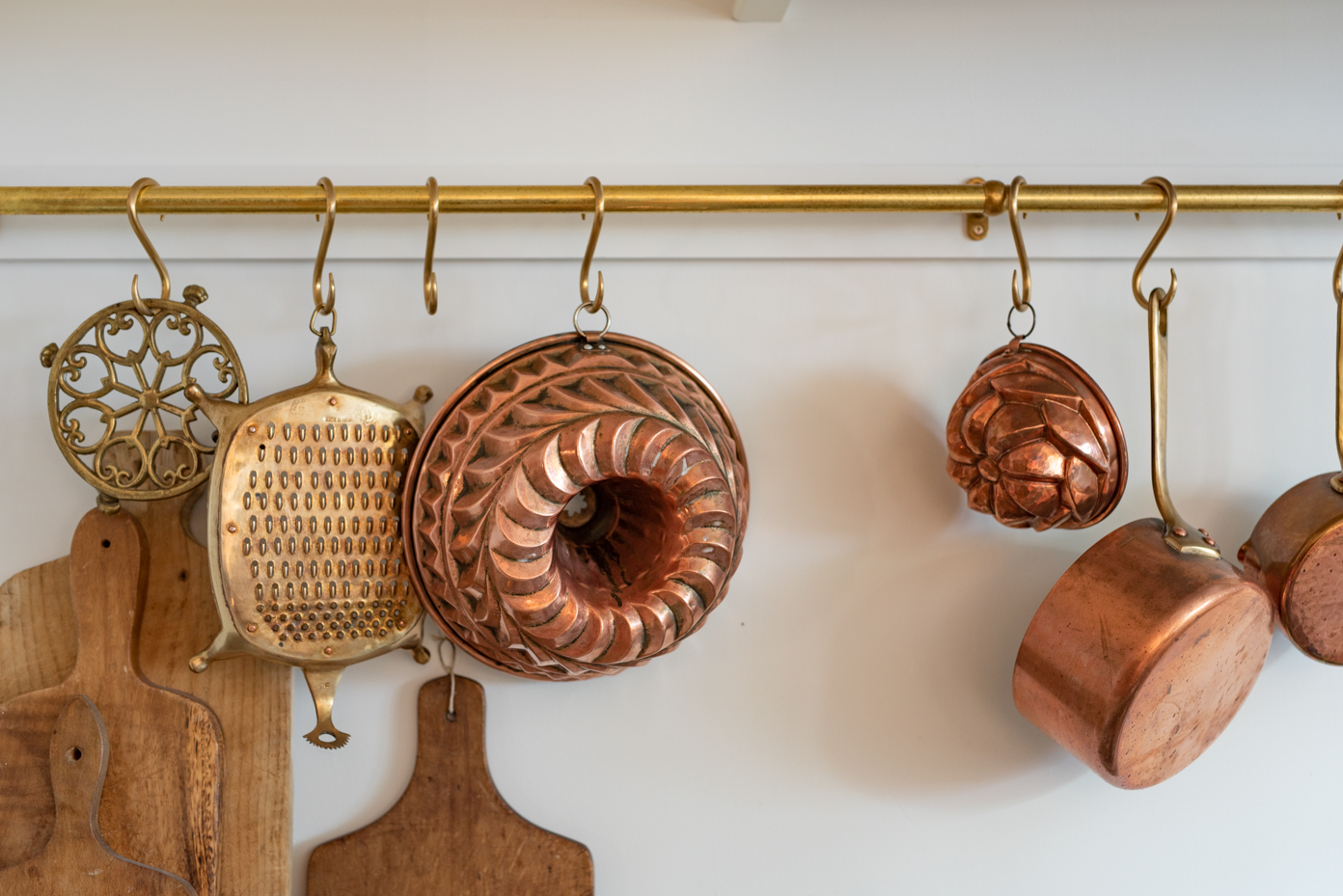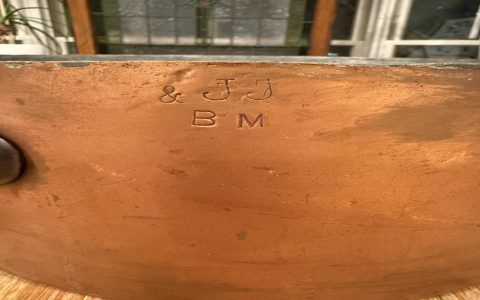Identifying authentic antique copper molds requires scrutiny of materials, construction, and age indicators. Follow these key steps:
Material & Patina
Copper Verification: Genuine pieces develop a stable, uneven oxidation layer (verdigris) over time. Test inconspicuously: real copper shows a warm pinkish-red scratch mark. Brass-plated or modern alloys appear yellow or whitish underneath.
Patina Authenticity: Natural patina has depth and subtle variations. Be wary of artificially induced uniform green/blue crusts which may flake off easily. Smooth, shiny surfaces often indicate recent polishing or modern production.

Construction & Craftsmanship
- Seams & Joinery: Hand-soldered seams typical pre-1940s show irregularities like visible solder lines and slight overlaps. Seamless, precision-welded molds suggest modern manufacturing.
- Tool Marks: Look for subtle hammer marks, file traces, or hand-planishing on interiors/exteriors. Mass-produced molds lack these artisan imperfections.
- Edge & Detail Quality: Hand-chased decorative elements appear softer. Sharp, perfectly uniform details often signal casting from an antique original.
Weight & Thickness
Antique molds often feature thicker copper (1mm+) compared to thinner modern reproductions. Heft indicates historical durability.
Markings & Provenance
- Hallmarks: Some European pieces bear maker stamps, purity marks ("Cuivre Garanti"), or country seals. Research known manufacturers.
- Lack of Modern Markings: Absence of contemporary compliance stamps (e.g., CE) or "Made In" labels supports age, though unmarked items are common.
Form & Function
Study historic mold designs for specific foods (butter, gelatin, cake). Odd shapes without clear period-appropriate culinary use are suspect.
Practical Test
Thermal Conductivity: Copper heats/cools rapidly. Touch briefly - a quick temperature change indicates solid copper; slower response suggests plating over base metal.












